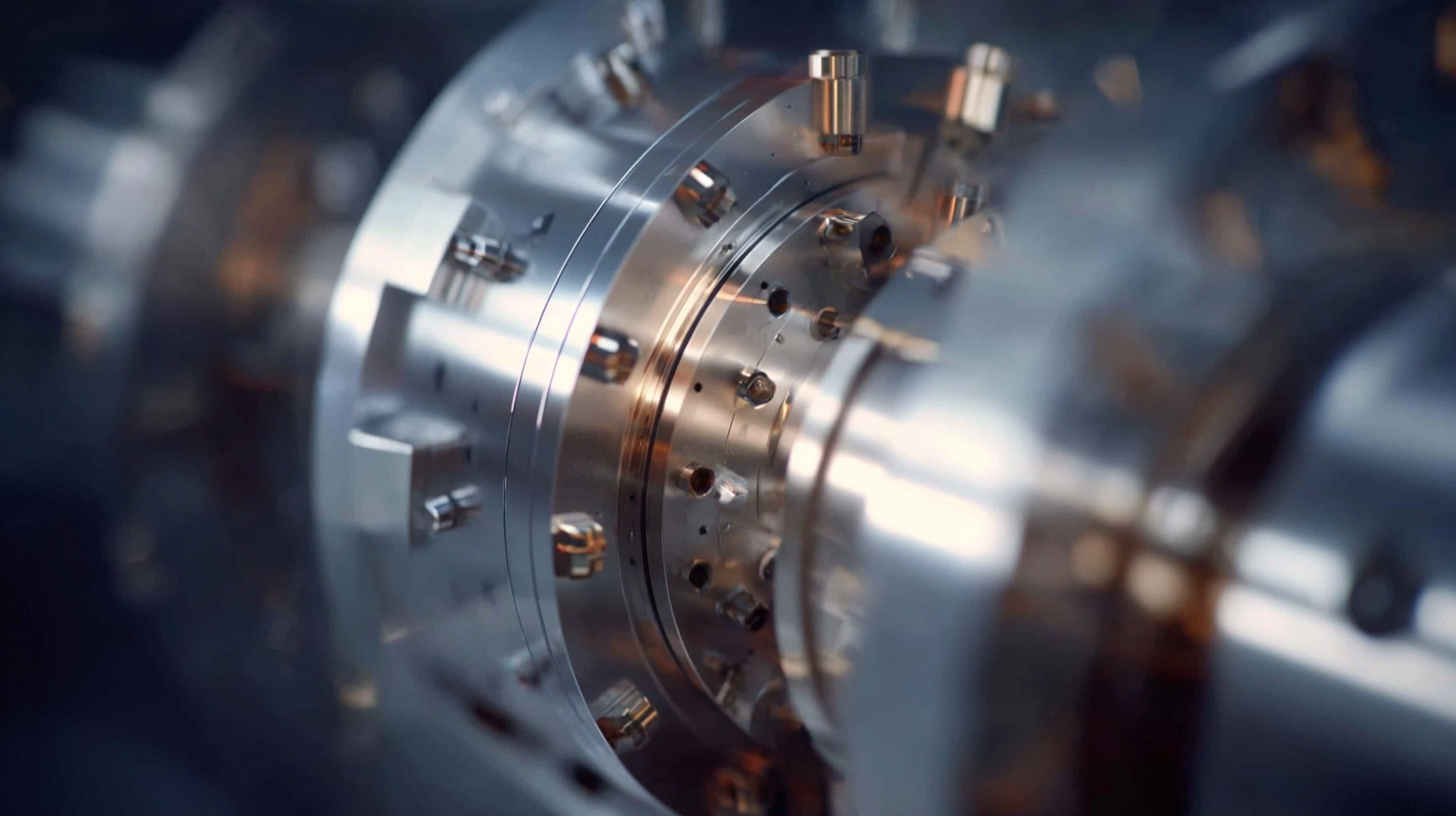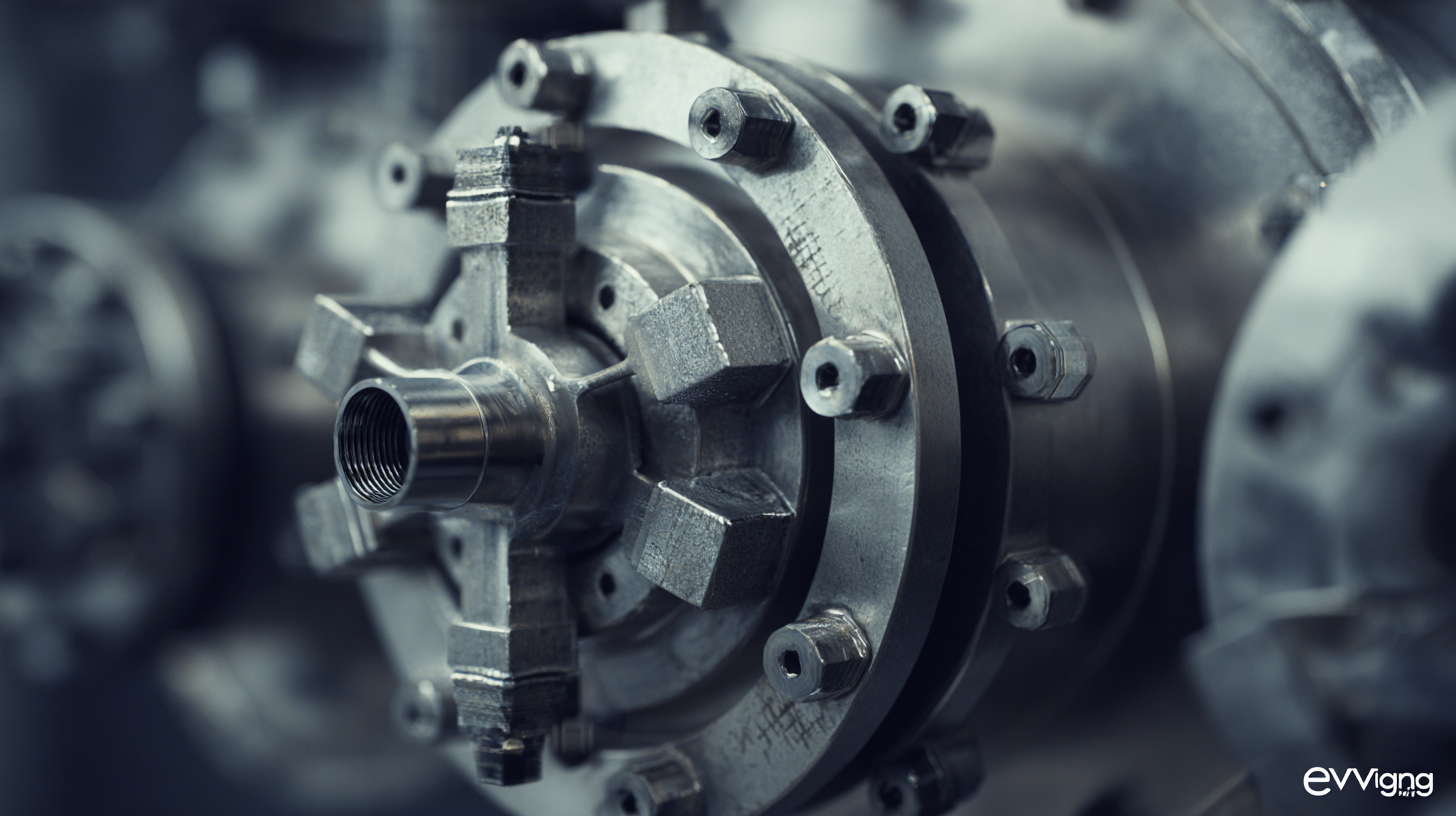Exploring the Unique Characteristics and Applications of Various Best Cryogenic Valves Alternatives
In the realm of industrial applications, the importance of reliable and efficient cryogenic valves cannot be overstated. As we delve into the unique characteristics and alternatives of cryogenic valves, it's essential to understand how these components play a pivotal role in systems dealing with extremely low temperatures, where conventional valves may fall short. This blog will explore the industry production standards that govern the design and performance of these crucial valves, providing insight into their various applications across sectors like liquefied natural gas (LNG), industrial gas processing, and medical technology. Furthermore, we will discuss best practices and methodologies on how to select the most suitable cryogenic valve alternatives for specific operational needs, ensuring safety, efficiency, and longevity in your cryogenic systems. Join us on this comprehensive exploration of cryogenic valves and their indispensable role in modern industry.

Unique Characteristics of Cryogenic Valves: Material Selection and Performance Metrics
Cryogenic valves are specifically designed to operate effectively in extremely low temperatures, typically below -150°C. The selection of appropriate materials is crucial to ensuring their performance and reliability under these conditions. Common materials used in cryogenic valve construction include stainless steel, brass, and certain polymers. Each material presents unique characteristics; for instance, stainless steel offers exceptional mechanical properties and corrosion resistance, while brass is valued for its machinability and affordability. Understanding these material properties is essential for applications that require a balance between performance and cost-effectiveness.
Performance metrics for cryogenic valves involve several factors, including sealing capability, flow rate, and thermal conductivity. A critical aspect is the valve’s ability to maintain a tight seal at low temperatures, preventing leaks that could lead to safety hazards or system failures. Additionally, the flow rate is measured to ensure adequate fluid movement without losing efficiency. Evaluating thermal conductivity is also important, as materials with low thermal conductivity help maintain the desired low temperature within the system. By carefully selecting materials and understanding the associated performance metrics, engineers can choose the most suitable cryogenic valves for their specific applications, enhancing both safety and efficiency in various industries.

Comparative Analysis of Different Types of Cryogenic Valves: Pros and Cons
When selecting a cryogenic valve, understanding the pros and cons of different types is crucial for effective application. Globe valves, for instance, offer excellent throttling capabilities and are ideal for flow regulation at low temperatures. According to a recent market analysis from ResearchAndMarkets, the demand for globe valves in cryogenic applications is projected to grow by 6.5% annually due to their reliability. However, they may not be suitable for applications requiring rapid on-off control due to their slower actuation.
In contrast, ball valves are lauded for their quick switch capabilities and lower pressure drop, making them a preferred choice for systems requiring fast operations. While they excel in these areas, the sealing performance can be compromised under extreme cryogenic temperatures. The Cryogenics Society of America notes that ensuring proper material compatibility is essential to avoid leakage and material failure during operation.
Tip: Consider the specific operational needs of your system before selecting a valve type. It's also advisable to consult with a valve expert to assess how system pressure and temperature affect valve performance to prevent unforeseen failures in your cryogenic applications.
Exploring the Unique Characteristics and Applications of Various Best Cryogenic Valves Alternatives
| Valve Type | Material | Temperature Range (°C) | Pressure Rating (bar) | Pros | Cons |
|---|---|---|---|---|---|
| Globe Valve | Stainless Steel | -196 to 50 | 10 | Excellent flow control | Higher pressure drop |
| Ball Valve | Bronze | -270 to 200 | 40 | Low resistance to flow | Limited throttling capability |
| Butterfly Valve | PVC | -40 to 80 | 6 | Lightweight and compact | Not suitable for high pressure |
| Check Valve | Carbon Steel | -196 to 60 | 16 | Prevents backflow | Limited closing speed control |
Applications of Cryogenic Valves in Industries: LNG, Aerospace, and Beyond
Cryogenic valves play a crucial role in various industries, particularly in liquefied natural gas (LNG) applications, aerospace, and other sectors where extremely low temperatures are integral. According to a report from MarketsandMarkets, the global cryogenic valve market size is expected to grow from USD 3.2 billion in 2021 to USD 5.1 billion by 2026, indicating a compound annual growth rate (CAGR) of 10.1%. This growth is largely driven by the increasing demand for LNG and advancements in aerospace technologies, where efficient cryogenic systems are essential for transporting and storing liquefied gases.
In the aerospace industry, cryogenic valves are vital for rocket propulsion systems, where rocket-grade propellants, such as liquid oxygen and liquid hydrogen, are stored and handled at cryogenic temperatures. The importance of these valves cannot be overstated, as they must ensure safety and reliability under extreme conditions. An effective application of these valves can significantly reduce costs and optimize performance, as noted in a recent study by NASA.
**Tip 1:** When selecting cryogenic valves, focus on materials that withstand thermal cycling and ensure proper insulation to prevent heat transfer.
**Tip 2:** Regular maintenance and testing of cryogenic systems can prevent unexpected failures and improve the overall efficiency of operations in LNG and aerospace applications.
Applications of Cryogenic Valves in Industries
Engineering Innovations: Latest Technologies in Cryogenic Valve Alternatives
 The landscape of cryogenic valve alternatives is rapidly evolving, driven by engineering innovations that enhance performance and efficiency. Recent advancements in materials science have led to the development of valves that can withstand extreme temperatures while providing superior leak prevention and durability. For example, new polymer composites are being engineered to maintain their integrity in cryogenic conditions, offering a lightweight and cost-effective alternative to traditional metal valves. This shift not only improves operational reliability but also reduces maintenance costs for industries relying on cryogenic systems.
The landscape of cryogenic valve alternatives is rapidly evolving, driven by engineering innovations that enhance performance and efficiency. Recent advancements in materials science have led to the development of valves that can withstand extreme temperatures while providing superior leak prevention and durability. For example, new polymer composites are being engineered to maintain their integrity in cryogenic conditions, offering a lightweight and cost-effective alternative to traditional metal valves. This shift not only improves operational reliability but also reduces maintenance costs for industries relying on cryogenic systems.
Technology integration is another key trend shaping the future of cryogenic valves. The adoption of smart technology, including IoT sensors and predictive analytics, allows for real-time monitoring and control of valve operations. This innovation provides operators with valuable data, enabling proactive maintenance and minimizing downtime. As systems become more interconnected, the potential for automated and optimized manipulation of cryogenic processes increases, paving the way for more efficient industrial applications. Overall, the development of advanced cryogenic valve alternatives stands as a testament to the ongoing quest for innovation in the field of engineering.
Cost-Benefit Analysis: Long-Term Investment in Cryogenic Valve Solutions
In recent years, the increasing demand for sustainable energy solutions has propelled the development of advanced cryogenic valve alternatives. These valves play a crucial role in the efficient operation of various energy storage technologies, particularly in hydrogen energy systems. As we transition toward decarbonization, the long-term investment in high-quality cryogenic valves becomes essential. While initial costs may seem high, their durability and reliability in extreme conditions justify the upfront expenses, especially as they contribute to enhanced energy efficiency and reduced operational risks.
The valves market is poised for significant growth, with projections indicating a rise to USD 137.90 billion by 2033. This expansion reflects not only the rising demand for cryogenic valves but also the integration of innovative energy systems. Well-designed valves can improve safety and performance across applications, including renewable energy storage options.
As industries increasingly adopt hydrogen technologies, the performance and safety of these valves are critical in ensuring the success of sustainable energy initiatives. In this context, understanding the cost-benefit dynamics of cryogenic valve solutions empowers companies to make informed decisions that align with both economic goals and environmental responsibility.
